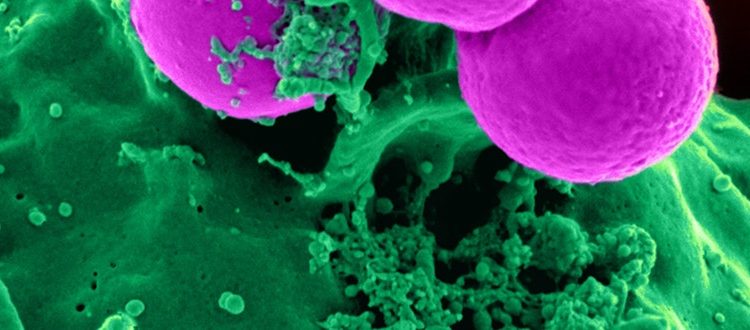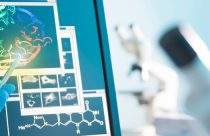How to Avoid Image Manipulation in Research Papers

Image manipulation in manuscripts has become an emerging type of research misconduct, with nearly 4% of papers exhibiting some type of suspicious image alteration. Between Google images and photo editing tools, it is possible to modify images easily. While modifying images may be for better presentation purposes in research papers, biomedical researchers should be careful. As a result, image manipulation is broadly considered acceptable, inappropriate, or fraudulent.
- Acceptable: Simply seeks to format a picture for publication requirements
- Inappropriate: Does not modify how an image would be interpreted (i.e., the results are not changed by the manipulation)
- Removes background noise or other information
- Modifying contrast to obscure background noise
- Splicing different microscope fields together
- Fraudulent: Image is modified and affects interpretation of results
- Removing a band from a negative control lane
Importantly, scientists must be mindful of the type of image manipulation they are doing to ensure that it does not purposefully or accidentally mislead their readers.
Image Quality for Publication
There are many tools available to improve the quality of images for publication, such as R, ImageJ, Cytoscape, GIMP. High-quality figures improves the chances of manuscript acceptance. Indeed, several journals even have minimum requirements for publication, such as 300 dots per inch. When editing images for publication, be careful to clarify without being deceptive. For example, ask yourself, “Do the results change because of what I am doing?”
What are the Standards to Follow During Image Manipulation?
While extreme changes in image manipulation is not acceptable, there are certain standards that need to be followed while editing acquired images.
- Maintain a balanced and neutral, with no overall bias.
- Do not change the colors like black and white to other colors.
- Don’t over-saturate images.
- Skin tones should be realistic and consistent.
- Keep images straight.
- Fix “red-eye” issues.
- Sharpen images sparingly.
- Save images based on their intended use on different platforms.
When Image Enhancement Becomes Misrepresentation
As noted above, guidelines are available that distinguish between acceptable and unacceptable image manipulation. Even if publishers are unable to identify image manipulation, readers often carefully review images and point out inconsistencies in images to the journals. Once alerted by readers, journals either investigate the alleged misconduct or retract the paper.
Recently, a systematic search of 20000 articles over a decade investigated the incidence of images with some type of suspicious characteristics. It was observed that approximately 3.8% of papers had images that were potentially fraudulent.
When considering what to do, there is essentially one golden rule:
Do not modify an image such that its meaning changes
For example, do not modify any specific features of a larger image, such as a band in a western blot or reuse a part of an image elsewhere.
How Do You Identify Image Manipulation?
When a manuscript is submitted, publishers use forensic tools to spot image manipulation. These tools include:
- Forensic Droplets
- Adobe Bridge
- ImageJ
Furthermore, in response to increasing image manipulation, companies, such as Image Data Integrity, have been established to provide consultation regarding the misuse of image modification techniques. These companies provide counseling to journals, funders, lawyers, and institutions regarding how to prevent or detect image manipulation.
How to Avoid Image Manipulation?
While many researchers do not mean to mislead readers, image manipulation as a form of research misconduct does not require intent for it to be a problem. However, researchers can follow below mentioned measures to avoid image manipulation.
- Plan your western blot experiments well. In this manner you are less likely to find it necessary to rearrange the lanes in your figure.
- Click pictures yourself, wherever possible. Make sure that the clicked images are of highest resolution possible and saved in the correct format (TIFF, not JPEG). Most importantly, save files in the original file format of the image acquisition software, as such files may contain metadata of instrument setting such as the magnification information.
- Always save the original image files along with a copy.
- Lastly, exercise caution when you modify your images. In this case, maybe less is more.
How have you processed your images while documenting your work? What are some other measures that you follow to avoid image manipulation? Let us know in the comments section below! You can also visit our Q&A forum for frequently asked questions related to different aspects of research writing and publishing answered by our team that comprises subject-matter experts, eminent researchers, and publication experts.









